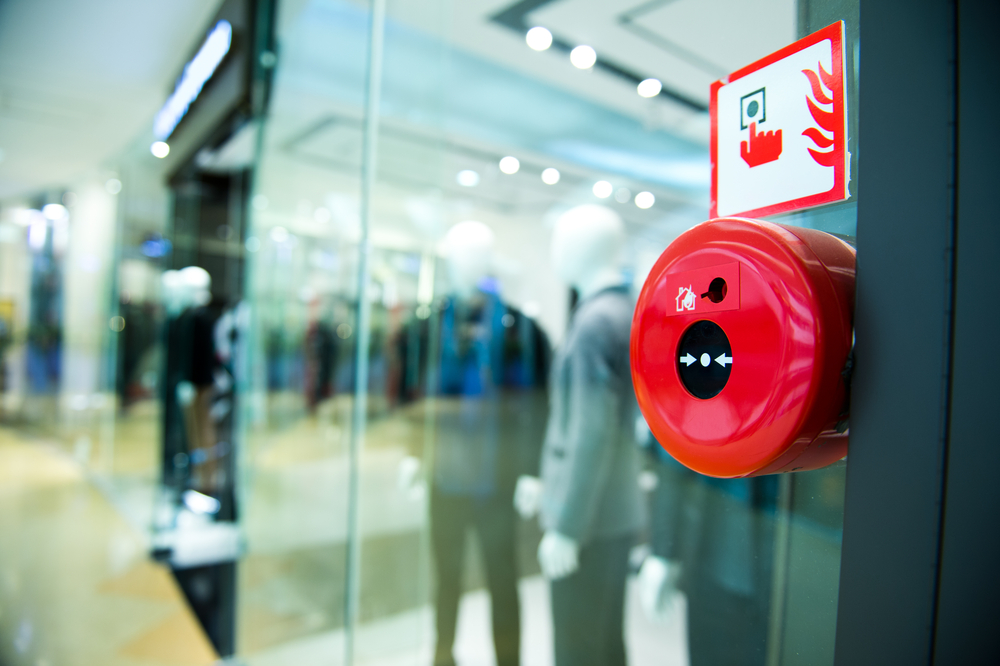Over the last year we have seen numerous devastating fires across the Middle East regions. From December’s hospital fire in Saudi Arabia and the July hotel fire in Dubai, to the re-occurring fires in ‘labour camps’, with the latest one being reported as recently as September, in Jidhafs, Bahrain. So, what can be done to prevent incidents like these happening again?
Fire prevention is very simple and standards could easily be improved by having the commitment and determination to establish a system and enforce all the relevant precautions.
We recently launched our new Fire Safety Consultancy, which assesses fire risks and advises on the next steps to make premises safe. It also ensures that organisations comply with, and exceed all local and international fire safety regulations. As long as they are able to provide all required resources and support.
As part of our Consultancy we’ll prepare a full Fire Risk Assessment. Developed from Internationally accepted codes of practice, based on a methodical analysis of a site, the activities completed there and the likelihood that a fire could cause harm to those in or around the premises.
Our comprehensive report will:
- Identify all possible fire hazards
- Evaluate the risk of any hazards and recommend how to remove or reduce them
- Record the precautions and management arrangements necessary to ensure the safety of people onsite in the event of a fire
- Provide you with an emergency plan
Following the completion of the risk assessment, we’ll become an ongoing safety partner. Available to help, provide insights and answer questions at any time.

Training in Practice
We were recently asked by a school in Bahrain to provide consultation on its fire safety and compliance. The school wanted to not only comply with local Bahraini Civil defence regulations, but to exceed them by incorporating U.K. standards (UK Fire Safety Risk Assessment for Educational Premises Guidelines).
We started with a detailed walk through of the building, organised the school into sections, and conducted a fire risk assessment for each section. The consultancy team measured doors, hallways, stairways, and travel distances to confirm that they comply with the legal requirements. Locations of directional signs, firefighting equipment, and safety instructions were also reviewed. The building’s structural design, materials, and layout were observed to evaluate the likelihood of a fire spreading. The fire risks for each area were analysed based upon the potential ignition sources, combustible materials and controls which were currently in place.
Internationally we find that Arson is a major fire risk for educational facilities, heightened by the fact that faculty and staff members can get complacent in their roles. For example, there are 1,800 fires each year in educational establishments in England and Wales; 60 per cent of these are started deliberately, which equates to about 16 fires caused by arson each week. As a result, we highlighted arson as a potential issue for the Bahraini school, providing a number of possible deterrence measures. That being said, the school was rated as strong in terms of arson prevention.
Fire prevention and control requires experts to identify areas, situations, practices and activities that could pose a high risk of fire breaking out. As well as factors that aid the spread of fire. The most important of all is the safety of the occupants and ensuring that they are able to get to a place of safety as quickly as possible.
If you want to know more about our Fire Safety Consultancy please contact me or the team at info@rrc.com.bh.
Hasan Alaradi CMIOSH, MSc, RMST
Managing Director, RRC Middle East / Lead HSE Tutor / Consultant
